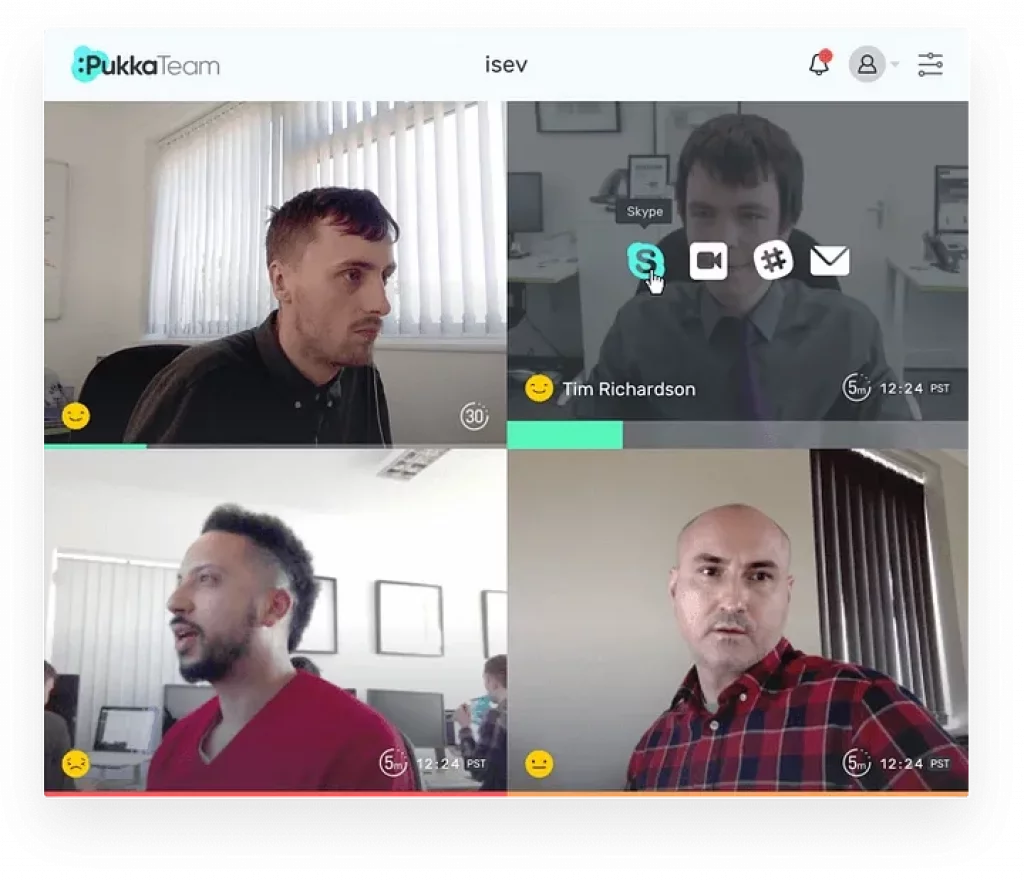How To Onboard Employees In a Remote Team
(How to prepare & get them settled in)

A good onboarding process helps acclimatise new employees into the workforce, helping them integrate with the team and the company. This can be a delicate and difficult thing to get right, but even more so when the addition of distance is added into the mix.
Onboarding a remote employee is not to be taken lightly, do it wrong and they can be left feeling isolated. Do it right, and you can get not just a new employee but a new colleague and member of the team.
We’re going to be looking at how to help onboard new people into your team and way of working for a more seamless transition from the “new guy”, to a colleague.
Before their first day
Though onboarding is normally considered as the introduction of a new employee to the company at the point they start, this is only partially true. Yes, a new employee gets to learn more about the company they’re working for.
However, some preparation beforehand can help them acclimate into their new role more easily, and make the transition a lot smoother.
Provide necessary reading
Even though you’ve likely chosen to hire this person based on the fact that they are the best fit for the job and to expand your team, that doesn’t mean they know everything that’s going on in your company.
Email them some reading for things you’d like them to be updated or up-to-date on.
Look at the projects that you want your new employee to be working on when they start and send resources relating to this.
This will help them to be far more prepared and confident.
Set up their software and accounts
Regardless of whether you provide their hardware/equipment (laptop, monitor, peripherals etc.), there is certain software that is fundamental to how your team functions and works. For new employees, you want to give them an easy way to find these to install and what each one is used for.

To speed the process up as well, you want to set up accounts for them in advance, so once downloaded, they can get straight into them, for example, when someone starts at PukkaTeam (outside of job-specific software), we’d set up for everyone:-
Slack
PukkaTeam (obviously)
Company email
Wrike
Trello
Then, regardless of whether you supply the software pre-installed or not, on their first day they can jump straight into the applications and get familiar with them.
Remember, if you use a simple password to create their initial logins, be sure to have them change it to something secure after.
Choose someone to mentor them
It can be daunting for anyone on their first day. However, if they’re remote this can be a bigger challenge as they are cut off from everyone they are working with and some people may feel nervous and have trouble contacting colleagues for help.

Providing them with a mentor can help bridge this gap. This will help them feel like a member of the team and give them a point of contact whenever they need help.
A mentor will be on video call with them to help guide through a lot of what comes on their first day.
On their first day (and beyond)
Because you’ve done some preparation beforehand, it should make the onboarding of your new employees first day a much smoother process. However, this doesn’t mean that you need to put any less effort in on their first day, as demonstrated by the fact that we’ve chosen a mentor to help get them familiar with your business on their first day for a reason.
This starts with…
The legal stuff
As with any job, there’s going to be the legal stuff that normally gets taken care of on their first day such as going through the employment contracts, the employee handbook, talking to HR.
This normally is a fairly straightforward affair, however, when remote, this can create new complications. Some of this like meeting with HR can be overcome with video calling, employee handbook as a pdf, but signing employee contracts is a little more complicated.

One solution is for them to sign the contract as normal and send it off to you, but then it takes longer, can be fogotten about or even potentiallylost in transit.
Alternatively, you can use something like HelloSign or DocuSign to provide them with the contracts to digitally sign, making the process much simpler all round.
Go through the software
The likelihood is, that some of your company software your new employee won’t have used before, and even if they have, it doesn’t mean that your team uses it in the same way t that your new employee has been used to.

Briefly walk them through the features of each one, how to use it and what your team uses it for. This then helps them get more familiar with each piece of software and know how it fits into the whole operation of their job role.
Define your expectations
Though some of this will be covered in the initial documents you give them, such as the employee handbook, where it’s outlined properly. You’ll still want to go over:
Working hours.
Deadlines.
General communication.
Who they can turn to for help
To name a few. Due to the very nature that they are out-of-sight, remote employees can face greater scrutiny as the question can arise to whether they’re doing their work, what hours they are working, what’s the best way to get hold of them.
Outlining expectations on their first day helps them acclimatise to how your business works and helps you and everyone else get on with what needs to be done.
Set up regular check-ins
Going forward, you’ll want your mentor to set up regular check-ins to see how your new employee is getting settled and finding the work. This then opens up the communication channels, helping them feel more comfortable reaching out and contacting team members. You’ll want to set out from the beginning, why and how often you’ll be catching up with them.
This also helps them settle into their job role better, and learn what work needs to be prioritised. However, try not to make these too regular, as you don’t want them to feel like you don’t trust them to do their work.

Introduce them to the team
Without this, it could mean that people in the team don’t realise that a new person is starting. In our case, it might not be until they glance at PukkaTeam and notice a new face among the rest.
After your new employee has gone through the necessary new employee things they need to do , set aside 10–15 minutes for your team to all jump on a quick video conference call to introduce the new guy.
This is also a great opportunity for a quick Q&A, where everyone can get to know them better and the new employee can learn who they’re going to be working with, what projects are currently being worked on and so on.
This also then helps your new employee get a better outline of your culture and how things work, for example, in our team, whenever someone reaches a milestone, we share our accomplishments with the team in our #highfive Slack channel.
Additional (but not essential)
Though not necessary, there are a couple of additional practices you can implement to make your new employee’s life better, helping them become more familiar with the company and the team.
A simple way to know who everyone is
It can be scary on your first day, new place, new people, a new role. Even with the introduction to the team members we mentioned before, they may feel nervous and struggle to remember everyone’s name or job role.

Having a place where they can quickly look up who each person is and their role in the company can be a handy reference for them in their first days. For example, we can see our teammates name through PukkaTeam.
Alternatively, a meet the team page can be used too, or put together a quick document with a photo, name, job role and even a couple of things that team member likes.
This not only provides a handy reference then but also helps your new person become more familiar with everyone in the team.
Team building exercises
Whether you do this during their first day, or at the end, doing a few remote team building exercises can really help throw the new guy into the mix. They can laugh and learn more about their teammates, building great rapport between them and making them feel more part of the team.
How do you onboard new team members?
We’d love to hear your feedback in the comments and what you guys do to onboard your new employees, remote or not.
Make remote team communicationm, simple. Try for FREE (No credit card require)



 Form the Blog
Form the Blog